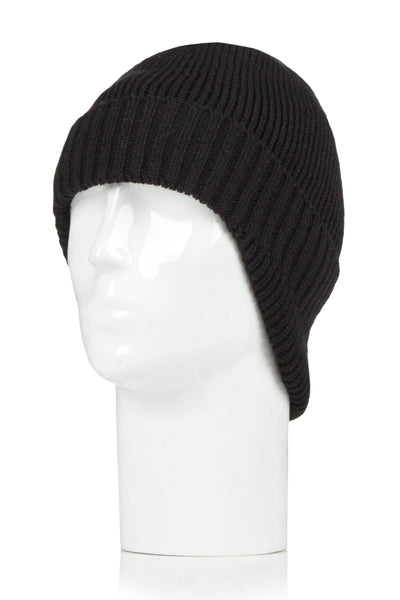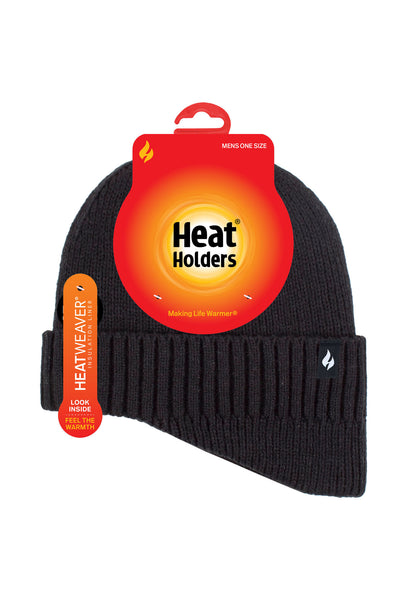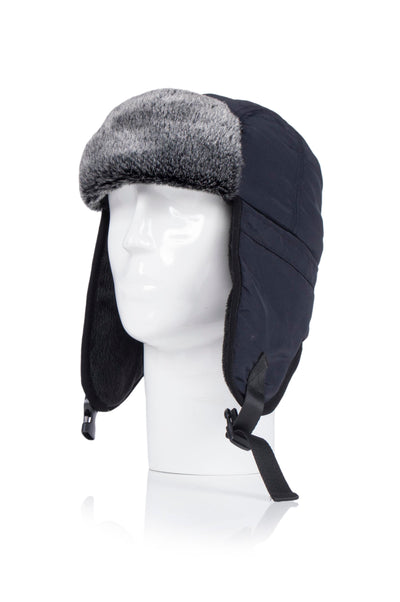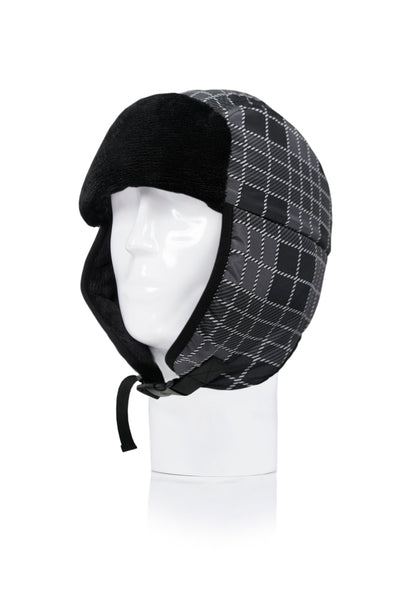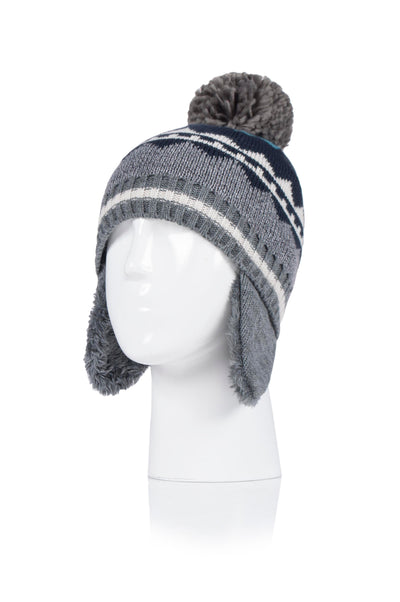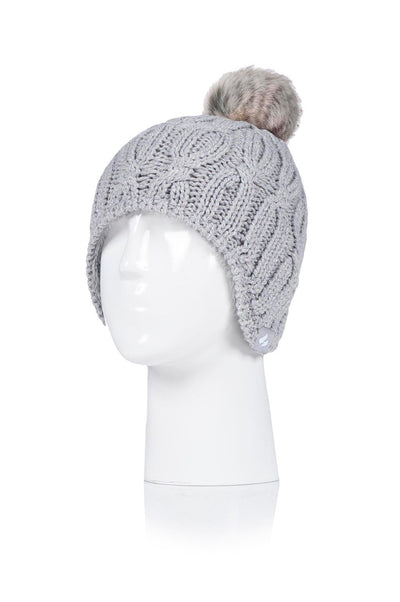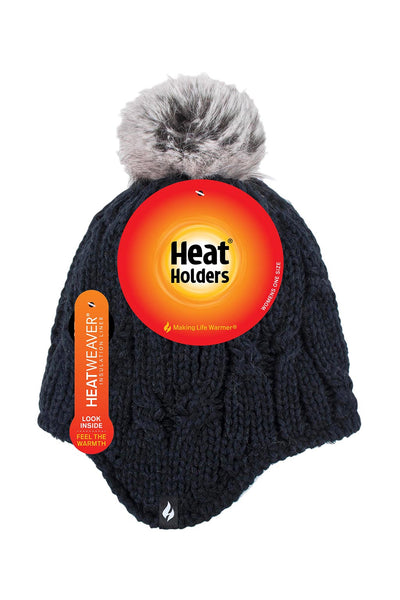The harsh winter months bring plummeting temperatures, biting winds, and the dreaded threat of frostbite. As outdoor enthusiasts and winter adventurers, it is crucial to prioritize the protection of our heads, faces, and ears from this potentially dangerous condition. Understanding frostbite, selecting the right gear, and implementing effective prevention strategies are essential for shielding our faces and enjoying winter activities safely.
In this article, we will explore the science behind frostbite, the importance of head, face, and ears protection, essential gear for prevention, effective strategies, and the appropriate steps for treating frostbite.
Understanding Frostbite: Causes and Symptoms
Frostbite occurs when the skin and underlying tissues freeze due to prolonged exposure to extreme cold. When the body is exposed to freezing temperatures, blood vessels constrict, reducing blood flow to the extremities, such as the face. This decreased blood supply deprives the tissues of oxygen and nutrients, leading to tissue damage and potential long-term complications.
Recognizing the early signs of frostbite is crucial for timely intervention. As the skin is exposed to cold for an extended period, it may initially appear pale or reddened. Numbness, tingling, or a burning sensation may also be present. As frostbite progresses, the affected area may turn white, waxy, or mottled. Blisters, swelling, and pain can accompany severe frostbite.
It is important to understand the different stages of frostbite to grasp the severity of the condition. Frostbite is classified into four stages: frostnip, superficial frostbite, deep frostbite, and advanced deep frostbite.
Frostnip is the mildest form of frostbite. It affects only the outermost layer of the skin and does not cause permanent damage. Symptoms of frostnip include numbness, redness, and a slight burning sensation. With prompt treatment, such as rewarming the affected area, frostnip can be reversed without any long-term consequences.
Superficial frostbite occurs when the freezing extends beyond the outer layer of the skin and affects the underlying tissues. The affected area may appear white or pale, and the skin may feel firm or rubbery to the touch. Blisters may also develop. If treated promptly, superficial frostbite can heal without permanent damage.
Deep frostbite is a more severe form of frostbite that affects not only the skin but also the deeper tissues, such as muscles, tendons, and nerves. The affected area may turn white or bluish-gray, and the skin may feel hard and cold. Blisters filled with clear or milky fluid may form. Deep frostbite requires immediate medical attention to prevent complications such as infection or tissue death.
Advanced deep frostbite is the most severe stage of frostbite. It involves extensive tissue damage, including the destruction of muscles, tendons, and bones. The affected area may appear black and feel cold and numb. Blisters filled with dark fluid may form, indicating a serious condition. Advanced deep frostbite requires urgent medical intervention and may necessitate amputation in severe cases.
Preventing frostbite is essential, especially in cold weather conditions. Wearing appropriate clothing, including insulated and waterproof layers, can help protect the body from extreme cold. It is also important to cover exposed skin, such as the face, hands, and feet, with warm and protective gear. Avoiding prolonged exposure to cold temperatures and taking regular breaks in warm environments can also reduce the risk of frostbite.
Understanding the causes and symptoms of frostbite is crucial for early recognition and intervention. By being aware of the different stages of frostbite and taking preventive measures, individuals can protect themselves from the potentially devastating effects of this cold weather condition.

The Importance of Head and Ear Protection in Cold Weather
Why is the head particularly vulnerable to frostbite? With a high surface area-to-volume ratio, the head loses heat more rapidly than other body parts. Moreover, unlike extremities such as hands and feet, the face remains exposed to the elements throughout the day, making it susceptible to frostbite even during short periods outside. The delicate tissue and proximity of facial features to underlying structures further increase the risk.
It is fascinating to consider the intricate network of blood vessels that run just beneath the surface of our skin. These blood vessels play a crucial role in regulating our body temperature. When exposed to cold temperatures, the blood vessels in our face constrict, reducing blood flow to the area. This constriction helps to conserve heat and prevent excessive heat loss. However, prolonged exposure to freezing temperatures can overwhelm this natural defense mechanism, leading to frostbite.
Wind chill adds another layer of danger to frostbite development. When wind blows across the head, it increases the rate of heat loss, accelerating the freezing process. Therefore, shielding the head from frigid temperatures and wind chill is paramount for preventing frostbite and maintaining optimal facial health.
Imagine standing outside on a bitterly cold winter day, feeling the icy wind whip against your face. As the wind gusts, it carries away the thin layer of warmth that your body has worked so hard to generate. The exposed skin on your face becomes vulnerable to the harsh elements, and without proper protection, frostbite can set in within a matter of minutes.
One might wonder, why doesn't the body simply generate more heat to combat the cold? While our bodies do have mechanisms to generate heat, they are not always sufficient to counteract extreme temperatures. Prolonged exposure to cold weather can lead to a dangerous condition known as hypothermia, where the body's core temperature drops below normal levels. This can have severe consequences for our overall health and well-being.
Thankfully, there are various ways to protect our heads from the biting cold. One of the most effective methods is to wear a face mask or balaclava. These coverings provide a barrier between our skin and the frigid air, reducing heat loss and minimizing the risk of frostbite. Additionally, wearing a hat with ear flaps can further protect the head and ears from the chilling winds.
It is also important to remember that different parts of the face require different levels of protection. For example, the nose and cheeks are particularly susceptible to frostbite due to their prominent position on the face. To safeguard these delicate areas, one can apply a thin layer of petroleum jelly or a specialized cold-weather balm. These products create a protective barrier, preventing moisture loss and shielding the skin from the harsh elements.
Maintaining proper hydration is crucial for facial health in cold weather. Cold air tends to be drier, which can lead to dry and cracked skin. Drinking plenty of water and using a moisturizer specifically designed for cold weather can help keep the skin hydrated and supple.
Lastly, it is essential to be mindful of the signs and symptoms of frostbite. Numbness, tingling, and a white or grayish appearance of the skin are all indications that frostbite may be setting in. If these symptoms occur, it is crucial to seek immediate medical attention to prevent further damage.
Protecting our heads from the harsh elements of cold weather is vital for preventing frostbite and maintaining optimal facial health. By understanding the vulnerability of our facial skin, taking preventative measures, and being aware of the signs of frostbite, we can enjoy the beauty of winter while keeping our heads safe and healthy.
Essential Gear for Frostbite Prevention
When it comes to venturing out into the cold, choosing the right cold-weather head gear is crucial for effective frostbite prevention. The bitter cold can be unforgiving, but with the right gear, you can protect yourself and enjoy your winter activities without worry.
A well-fitting face mask, balaclava, neckwarmer, and headband are must-have items for anyone braving the freezing temperatures. It should cover not only your nose and mouth but also your cheeks, providing comprehensive protection against the biting cold. Look for gear made of insulating materials, such as fleece or wool, that can trap warm air close to the skin. This additional layer of defense will help keep you warm and shielded from the harsh elements.
In extreme conditions, when the wind chill is at its peak, it's important to take extra precautions. Consider using a face shield in combination with a face mask or balaclava. A face shield acts as a physical barrier against the biting wind and cold air, preventing direct contact with your face. This added layer of protection not only shields you from freezing temperatures but also allows for unobstructed vision, ensuring you can see even in the harshest conditions.
While it's crucial to cover your face, it's also essential to protect your skin from drying out in the cold. Exposed areas, such as your nose and cheeks, are particularly vulnerable to frostbite. Applying a moisturizing balm or barrier cream to these areas can provide an extra layer of protection. These products create a barrier on your skin, locking in moisture and preventing it from evaporating. By keeping your skin hydrated, you minimize the risk of frostbite and keep your skin healthy and comfortable.
Remember, frostbite is a serious condition that can cause permanent damage to your skin and underlying tissues. It's vital to take the necessary precautions and invest in high-quality gear to keep yourself safe. Don't let the cold weather deter you from enjoying the great outdoors. With the right gear and a little extra care, you can stay warm, and protected, and make the most of the winter season.

Treating Frostbite: Immediate Actions and Long-Term Care
Knowing what to do in the event of frostbite can make a significant difference in the outcome and recovery process. If you suspect frostbite, it is vital to seek immediate shelter and remove any wet or restrictive clothing. Gently rewarm the affected area by immersing it in lukewarm water or applying warm (not hot) compresses. Avoid direct heat sources, such as heaters or fire, as these can cause burns.
While initial treatment is essential, seeking medical attention is crucial for proper evaluation and long-term care. Frostbite can result in significant tissue damage and potential complications, such as infection or nerve injury. A healthcare professional can provide appropriate wound care, prescribe medications, and offer guidance for optimal healing and prevention of further damage.
Conclusion
Shielding your head, face and ears from frostbite is not just a precautionary measure; it is a vital step toward preserving your overall well-being. By understanding the science behind frostbite, recognizing its early signs, and taking appropriate preventive measures, you can protect yourself from this winter hazard. Selecting the right gear, implementing effective strategies, and seeking timely treatment when necessary are key to ensuring a safe and enjoyable cold-weather experience. Embrace the beauty of winter while keeping your head shielded and frostbite at bay.



